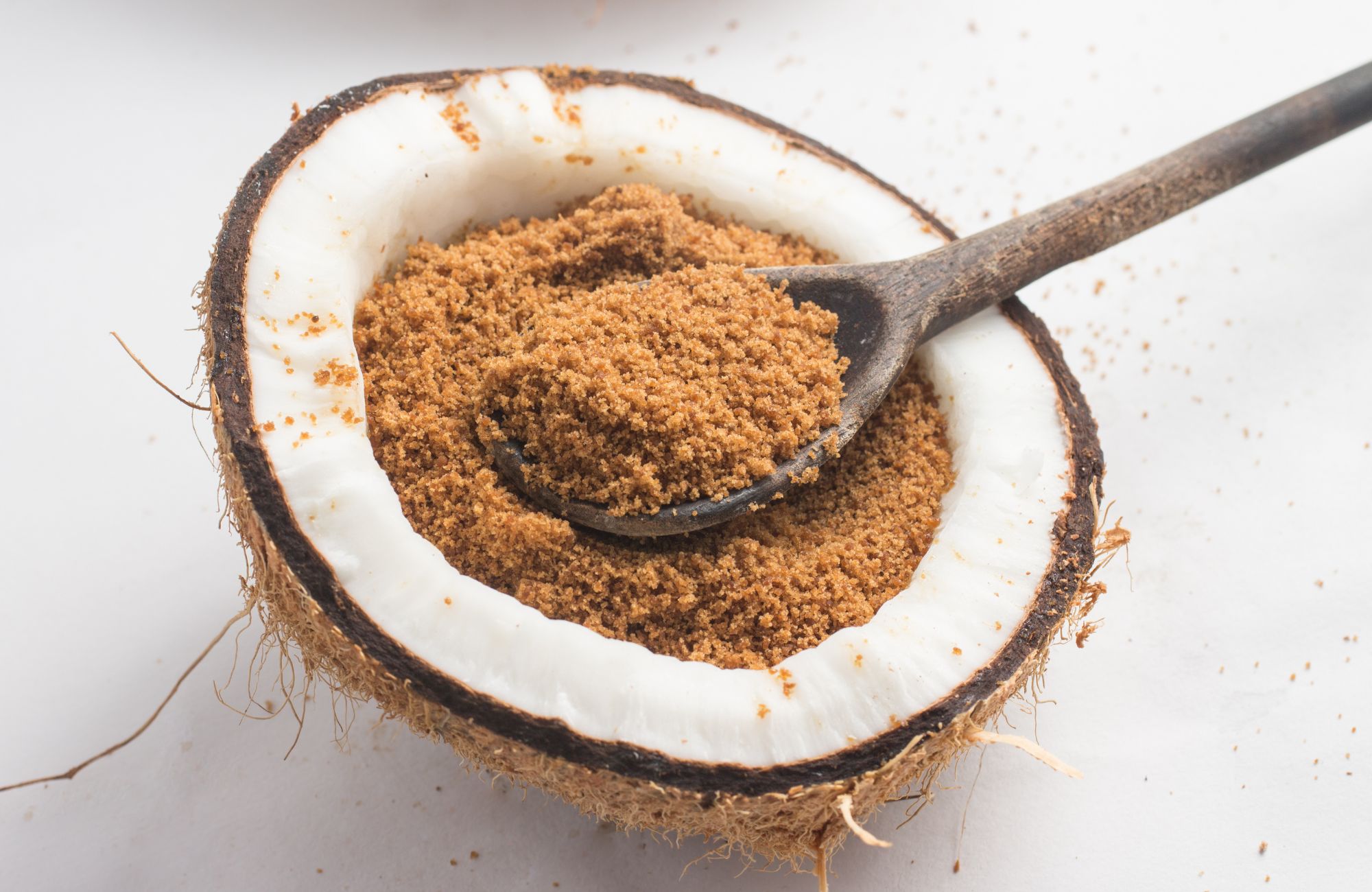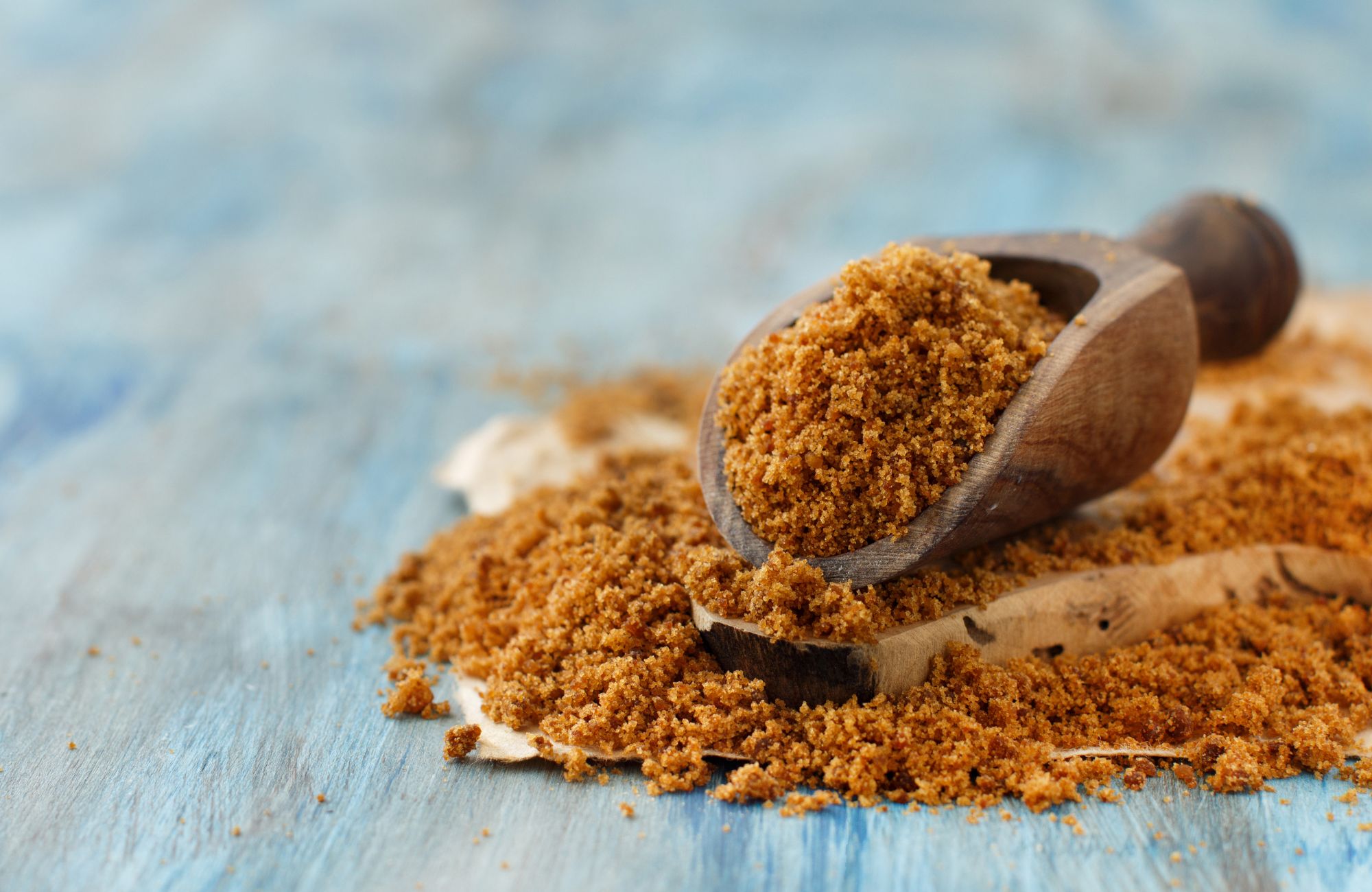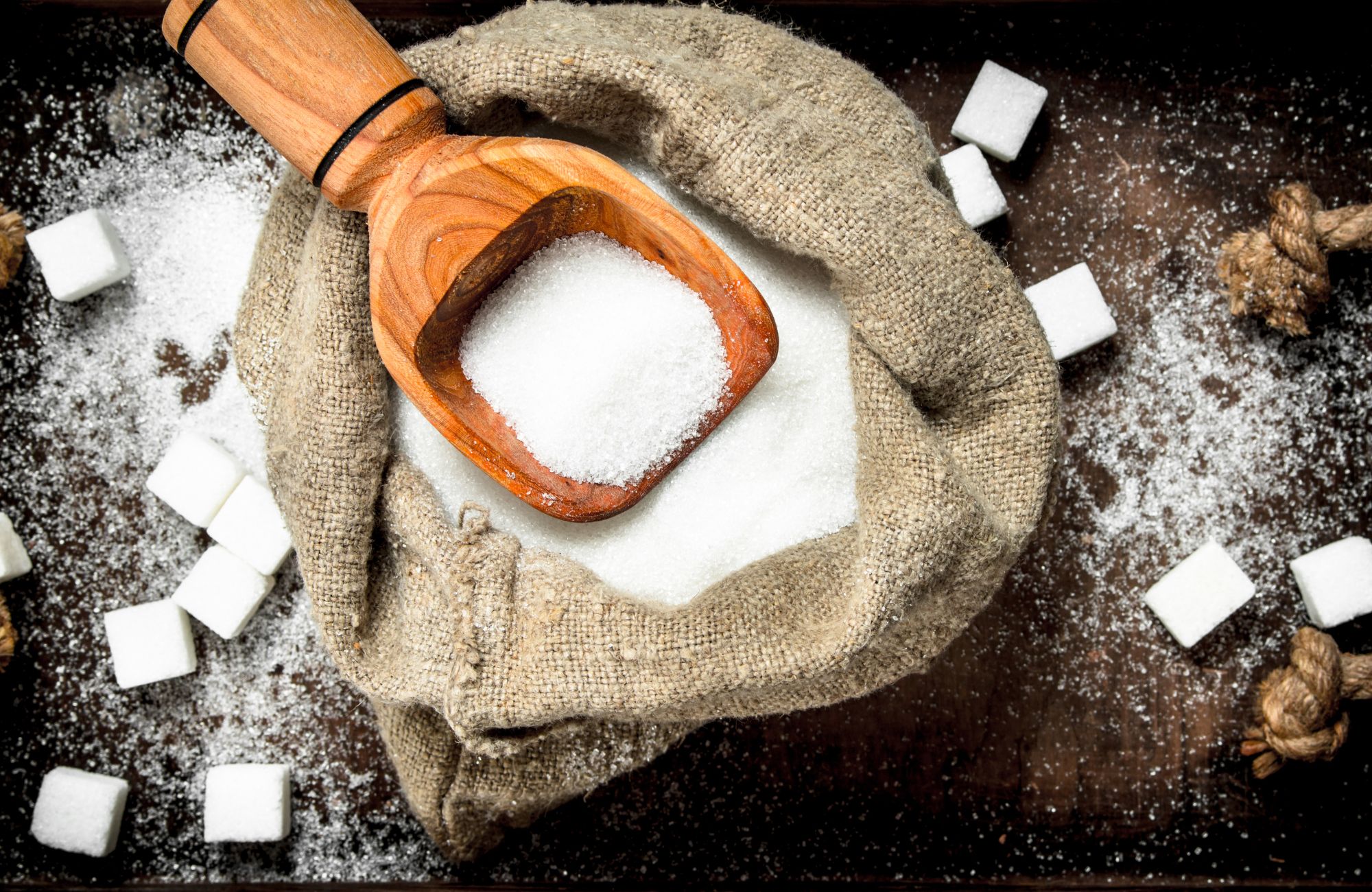
Does Coconut Sugar Taste Like Coconut?
If you’ve ever walked down the natural sweetener aisle of your local health food store, you’ve probably spotted coconut sugar or coconut palm sugar sitting prominently on the shelf. As more people seek alternatives to regular table sugar, this traditional sweetener from Southeast Asia has gained significant popularity. But here’s the surprising truth: despite its name, coconut sugar doesn’t taste like coconut at all.
This revelation often catches people off guard. After all, other coconut products – from coconut water to coconut flour – carry that distinct tropical flavor we’ve come to expect.
The Real Taste of Coconut Sugar
Let’s dive into what coconut sugar actually tastes like. Imagine unwrapping a piece of rich toffee or taking a bite of warm caramel – that’s closer to coconut sugar’s flavor profile. This natural sweetener offers a complex sweetness with subtle notes of butterscotch and a warmth that’s remarkably similar to brown sugar.
The depth of flavor comes from its minimal processing and natural composition. Unlike refined white sugar, which is stripped of its original characteristics, coconut sugar retains compounds that develop during the evaporation process, creating its signature caramel-like taste.
Here’s a detailed breakdown of coconut sugar’s taste profile:
Primary Flavor Notes:
- Rich caramel undertones
- Warm toffee essence
- Subtle butterscotch hints
- Mild earthy sweetness
Secondary Characteristics:
- Light molasses-like finish
- Gentle roasted notes
- Subtle mineral undertones
- Clean, natural sweetness
Understanding How Coconut Sugar Is Made
The journey from coconut palm to your kitchen explains why coconut sugar tastes nothing like coconuts. The process begins not with the coconut fruit itself, but with the coconut palm tree’s flowers, similar to how sugar cane is harvested for its sweet juice. Farmers make careful cuts on the flower buds, allowing the sweet sap to drip out slowly – similar to how maple syrup is harvested.
This sap, known as toddy, is quite different from coconut water. Fresh from the tree, it has a light, sweet taste with subtle floral notes. However, these delicate flavors transform during processing:
- Collection Phase
- Sap is collected twice daily from coconut palm flowers
- Each tree can produce 1-2 liters of sap per day
- Collection continues for up to 20 years per tree
- Processing Steps
- Initial filtering removes natural debris
- Gentle heating begins caramelization
- Slow evaporation concentrates sugars
- Natural crystallization creates granules
The heating process triggers natural caramelization, which creates those rich, toffee-like flavors we associate with coconut sugar, giving it a distinct taste when compared to cane sugar. Any coconut-like compounds present in the original sap are transformed during this process, explaining why the final product has more in common with brown sugar than with coconuts.
Taste Comparison Study
To truly understand coconut sugar’s unique flavor profile, let’s compare it to other sweeteners:
Sweetener Comparison Chart:
- Coconut Sugar
- Flavor: Caramel, toffee notes
- Color: Golden brown
- Sweetness Level: Moderate
- Best Uses: Baking, beverages
- Brown Sugar
- Flavor: Molasses, caramel
- Color: Dark brown
- Sweetness Level: High
- Best Uses: Baking, sauces
- White Sugar
- Flavor: Pure sweet
- Color: White
- Sweetness Level: High
- Best Uses: Universal
- Raw Honey
- Flavor: Floral, complex
- Color: Golden
- Sweetness Level: Very high
- Best Uses: Beverages, drizzling
Culinary Applications
Coconut sugar’s caramel-like flavor makes it especially versatile in the kitchen. Here’s how to make the most of its unique taste profile:
Perfect Pairings:
- Coffee and tea (enhances natural caramel notes)
- Baked goods (adds depth to cookies and cakes)
- Savory sauces (complements Asian dishes)
- Breakfast foods (excellent in oatmeal and granola)
Pro Tips for Cooking with Coconut Sugar:
- Moisture Content: Add a touch more liquid to recipes as coconut sugar is drier than brown sugar
- Temperature Control: Watch carefully as it can caramelize faster than regular sugar
- Storage: Keep in an airtight container to prevent clumping
- Measurement: Use 1:1 ratio when substituting for white or brown sugar
Quality Factors Affecting Taste
Not all coconut sugar is created equal. Several factors influence its taste and quality:
Production Methods:
- Traditional vs. Industrial processing
- Temperature control during evaporation
- Crystallization techniques
- Harvesting practices
Environmental Factors:
- Soil conditions
- Climate variations
- Harvesting season
- Tree age and health
Storage Conditions:
- Temperature stability
- Humidity control
- Container quality
- Shelf life management
Buying Guide
When you buy coconut sugar, it’s important to choose a high-quality product that maintains its natural flavor and nutritional benefits. Not all coconut sugar is created equal, so keeping these key factors in mind will help you find the best option.
Quality Indicators:
- Uniform color (consistent brown hue)
- Proper granulation
- Clean, caramel-like aroma
- Reputable manufacturer
Storage Tips:
- Keep in airtight container
- Store in cool, dry place
- Avoid direct sunlight
- Check for moisture resistance
Conclusion
While coconut sugar may not taste like coconuts, its unique caramel-like flavor profile makes it a versatile natural sweetener. Whether you’re looking to reduce refined sugar intake or simply experiment with new flavors in your kitchen, coconut sugar offers an interesting alternative with its own distinct characteristics. While it’s not a health food (it’s still sugar, after all), coconut sugar is often considered a healthy sugar substitute due to its minimal processing and trace mineral content.
Ready to experience premium coconut sugar? At US Sweeteners, we deliver the perfect caramel-rich taste in every granule. Our sustainably-sourced coconut sugar brings that ideal blend of toffee and caramel notes to your favorite recipes. Order now and elevate your baking game with nature’s finest sweetener!
FAQs
Can you taste the coconut in coconut sugar?
Despite its name, you cannot taste any coconut flavor in coconut sugar at all. Instead, it has a rich caramel-like taste due to the natural caramelization that occurs during processing, as it’s made from palm flower sap rather than coconut meat. This surprises many people who expect a tropical coconut flavor, but the processing completely transforms any original floral notes into deep caramel and toffee flavors.
Is coconut sugar really better for you?
While coconut sugar contains small amounts of nutrients and has a slightly lower glycemic index than regular sugar, it’s important to remember it’s still sugar with the same caloric content. It does retain some minerals like iron, zinc, and potassium, plus a small amount of inulin fiber, but you’d need to consume unhealthy amounts of sugar to get meaningful nutritional benefits. The bottom line is that coconut sugar should still be consumed in moderation, just like any other sugar.
What does coconut sugar taste like compared to brown sugar?
Coconut sugar vs brown sugar – while both share similar caramel-like flavor profiles, coconut sugar has a more complex, earthy undertone with distinct toffee notes.”While brown sugar gets its flavor from added molasses, coconut sugar’s taste comes from natural caramelization during processing, resulting in a slightly less sweet but more nuanced flavor profile.
Does coconut sugar taste different in baking?
In baking, coconut sugar maintains its caramel-like flavor and can actually intensify during the cooking process, adding a lovely depth to baked goods. It tends to caramelize at a lower temperature than regular sugar, which can create richer flavors in cookies and cakes, though you might need to adjust baking times and temperatures slightly to prevent over-browning.
Is coconut sugar the same as palm sugar?
No, coconut sugar and palm sugar are not exactly the same. While both come from palm trees, coconut sugar is derived from coconut palm sap, whereas palm sugar can come from different palm species, including date palms and sugar palms. Their flavors and textures may vary depending on the source and processing methods.



Leave a Reply